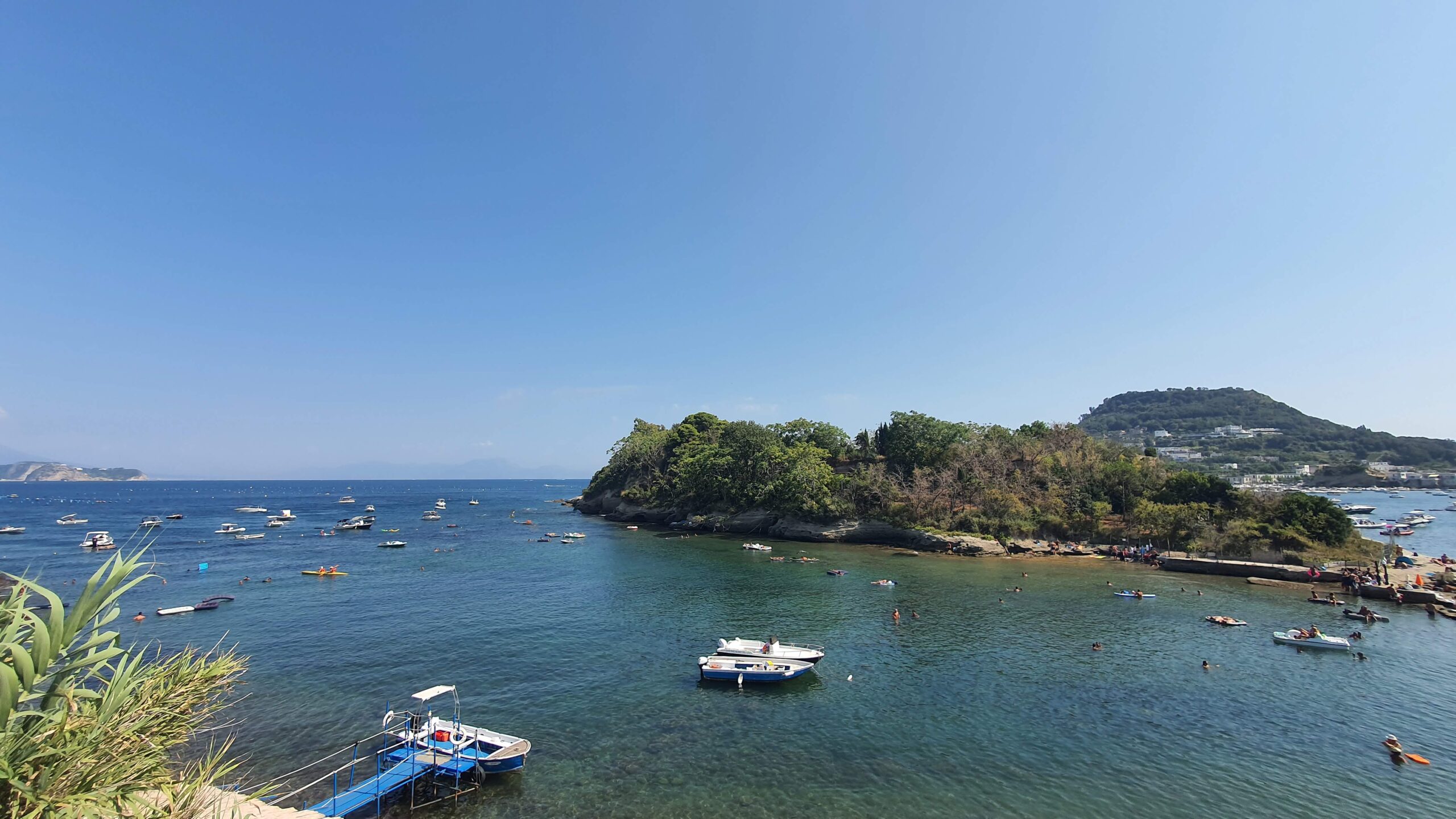Lo Schiacchetiello is not a simple beach, on the contrary, in truth it is not a real beach, it does not have sand but rocks. It is about a beautiful coastal area, rich in flora and fauna history, a real paradise just a few steps from Naples.
This shoreline is located right in front of the islet of Punta Pennata and is characterized by tufaceous rocks where it is possible to sunbathe and lie down after a refreshing bath in the clear waters of the area. The Schiacchetiello beach is an inlet, as mentioned before, near the small island of Punta Pennata which, in truth, until the XNUMXs was connected to the mainland by a small isthmus.
Today, however, it is a marine reserve within the Campi Flegrei Regional Park.
This place evokes, in addition to landscape and natural beauties, also myths and legends. It is said that it was one of the landing places where Ulysses supported himself during his very long journey, also because he was entranced by the beauty of the place.
The history of Schiacchetiello
The whole area near the beach is a container of incredible history. Places that have gone through centuries and millennia and with many stories to be handed down. The Campi Flegrei area is an infinite agglomeration of archeology and history: from submerged parks to Roman structures, from ports to Greek polis, it would be difficult and in any case reductive to be able to talk about everything.
The area near Punta Pennata was known and frequented since the Romans and it seems to have also been the command of the legions called Praetorium Misenate, as among other things mentioned in various late-antique documents of the fourth century AD drawn up by the then emperor Constantine. But it should also be noted that just a few steps from here, in the ancient port of Miseno, was the seat of the emperor's fleet. We are therefore talking about a militarily strategic place for the fate of a huge empire.
In addition to military issues, the area was sought after to host the huge seaside residences of the ancient Roman nobles. Especially the areas of Bacoli and Baia had been chosen, for their infinite beauty, for the construction of these large residential villas.
Due to this crowding, between noble residences and military settlements, there was the need to build a gigantic cistern to contain large quantities of water. The cistern is called Piscina Mirabilis and can also be visited. Inside you will see the immense spaces in which the water was contained. Extremely large vaults that document the organization and the extraordinary constructive capacity of the Roman population.
In the present, Punta Pennata is, as mentioned, an islet that is located in front of the beach of Sciacchetiello. The island seems to have been formed by an earthquake which occurred in 1966. The Campi Flegrei area is very lively and subject to phenomena of bradyseism which has led to the disappearance of a large part of the coast and also of Roman noble residences that can be visited thanks to underwater excursions, as in the case of the Submerged Park of Baia.
The origin of the name
Schiacchetiello beach has a somewhat particular name and, therefore, it is fair to ask what or where this toponymy comes from. According to some hypotheses, it would be an onomatopoeic type name, that is, deriving from a sound, in this case from that of the hooves that strike the steps of the narrow and steep passage that from the upper part of the road is limited to the Piscina Mirabilis and then leads to the sea.
The descent in question leads, in fact, up to the islet of Punta Pennata.
In many parts of our country names often derive from onomatopoeic sounds. Specifically, that of the Schiacchetiello is very particular and original.
In other cases, for example, the names may derive from monuments present and sometimes no longer visible, but also from the distance in miles in which a particular location was located.
For example, the cities of Quarto, but also Sesto San Giovanni, or Settimo Torinese, all localities with indication of miles of a specific Roman road or ancient road in general.
But the examples of toponymy are so many and sometimes very original.
Flora and fauna
The naturalistic scenery in the Schiacchetiello area is rich in marine flora and fauna that the Submerged Bay Park protection. Leaving aside the archaeological aspects that we are going to analyze, the environmental heritage is very rich in rare and common species.
But it must be said that ancient artificial structures are an excellent substrate in which these species reproduce and repair themselves.
Among the most widespread species we have the cymodocea nodosa , oceanic posidonia, aquatic plants very common in the Mediterranean environment, considered areas of shelter and birth for many animal species.
They find shelter within the ancient walls small crustaceans and rock fish such as serranidae, wrasse or blennidae, but also algae, sponges and anemones, in addition to the beautiful starfish and sea urchins.
How to get to the Schiacchetiello beach
The Schiacchetiello beach can be reached in various ways and with different means of transport. One of the most suggestive means of transport is certainly the boat.
How to get there by boat
In fact, from Porto Miseno it is possible to take a small boat and go to this splendid part of the coast.
How to get there on foot or by car, from Bacoli
But you can also go on foot, obviously after reaching the nearby Bacoli, parking, perhaps, in the municipal parking not far from the central villa and from there, after reaching the historic center of Bacoli, follow the signs for the Mirabilis Pool.
Then, past the villa on the right there will be signs for the sea, entering a small alley. Going down a few steps you begin to see the silhouette of the islet of Punta Pennata and you can also admire the crystalline sea in which, in a short time, you can dive.
Video guide on how to reach the Schiacchetiello beach
The surroundings of the Schiacchetiello: to mix culture and a relaxing bath
Let's discover Bacoli
The testimonies of the old woman trunks, this the Roman name of the current Bacoli, they are few compared to what the city must have shown about two thousand years ago.
But certainly there is no shortage of places nearby where you can take a tour to see very important archaeological remains.
The Aragonese castle of Baia
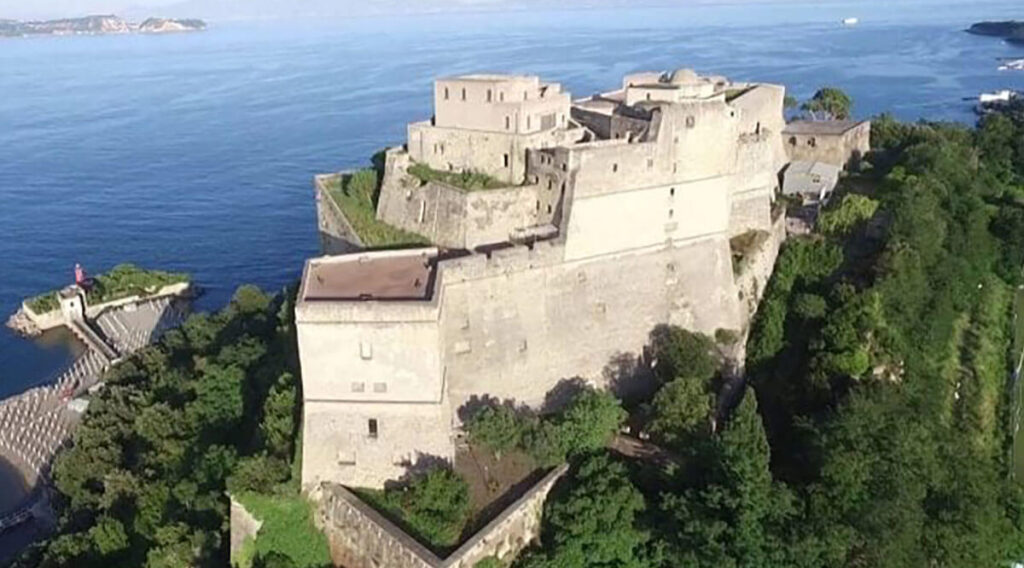
For example, inside a very important historical monument, the Aragonese Castle of Baia, there is the Campi Flegrei museum, a very beautiful container of history and archeology.
History of the Castle of Baia
The construction of the castle dates back to the 1495 and has been home to the museum since 1993.
The main sections concern the testimonies concerning the Greek polis and the subsequent Roman city of Cuma, the ancient Puteoli, today Pozzuoli, and Rione Terra.
The museum of the Phlegraean Fields
A visit to the museum can be the right occasion to admire the magnificence of the fortress built by the Aragonese. The exhibits in the museum were among the very large ones deposits of the Archaeological Museum of Naples which, thanks to the collaboration of the Federico Secondo University, have had new life.
Archaeological complex of the Baths of Baia
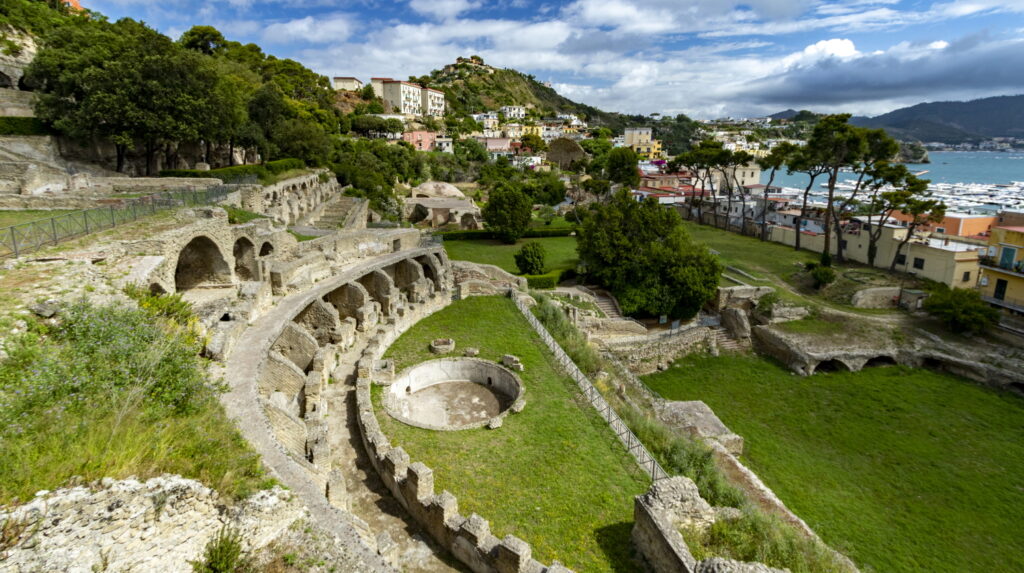
Another jewel of archeology is the archaeological complex of the Baths of Baia. From an administrative point of view, this archaeological site also falls within the municipality of Bacoli.
Is composed by large spa rooms used by the Romans, in addition to a temple dedicated to Mercury and a nymphaeum of Diana. Then it is possible to admire the remains of the temple dedicated to the goddess Venus and some rooms of Roman residences.
Piscina Mirabilis
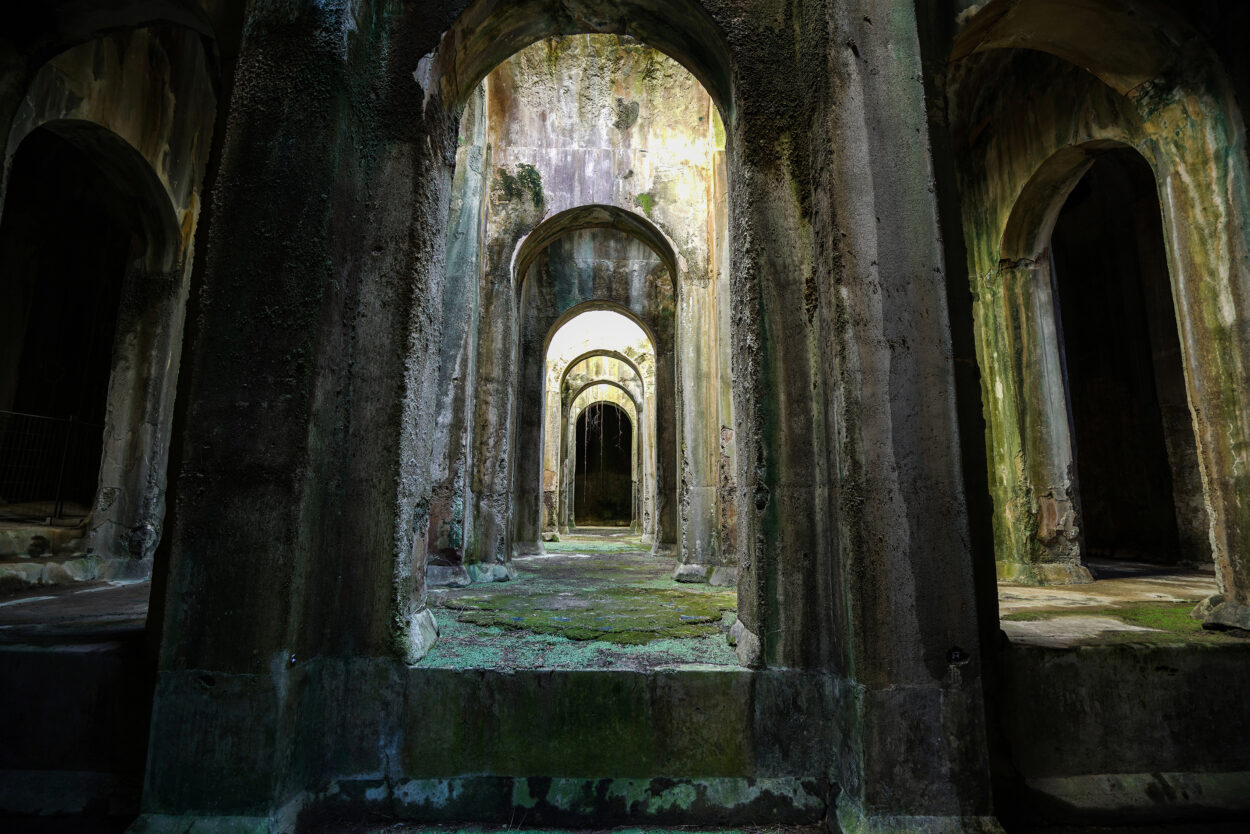
Absolutely not to be missed is the Mirabilis swimming pool, the cistern built to supply the imperial fleet stationed in the ancient port of Miseno. A gigantic environment fifteen meters high and seventy meters long. Thanks also to its width of 25 meters, the tank could accommodate well twelve thousand cubic meters of water. The forty-eight pillars that support the structure are a tangible testimony of the extraordinary building skills of the Romans.
Casina Vanvitelliana
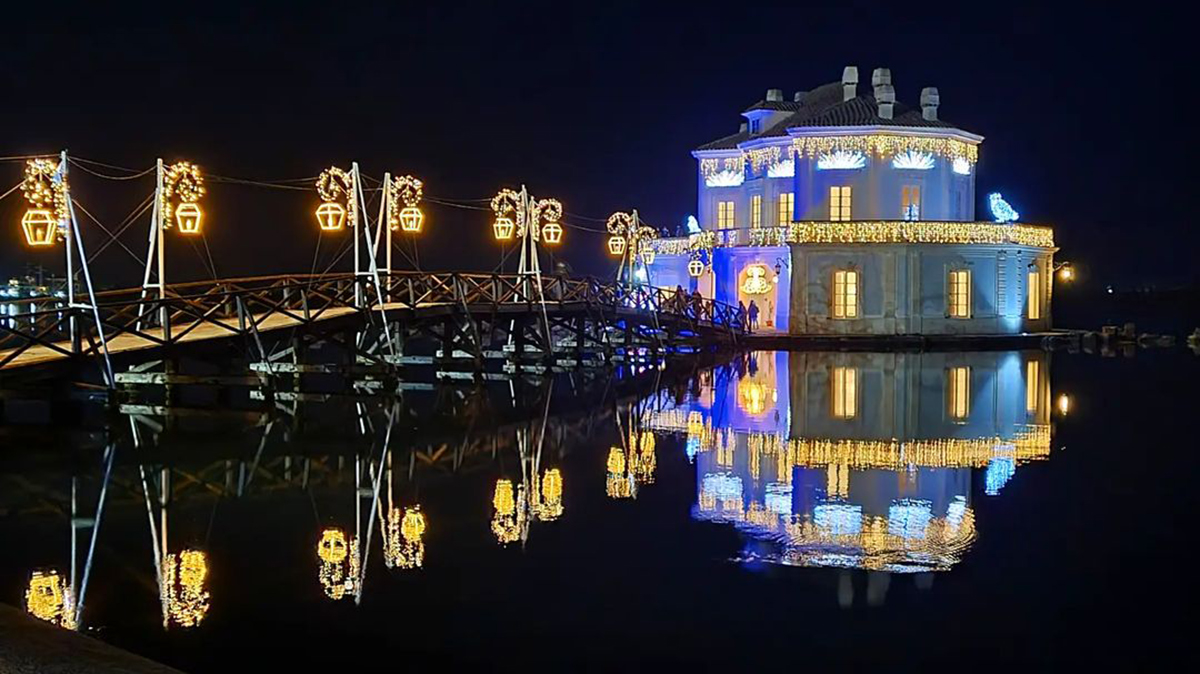
Another very suggestive site is the Casina Vanvitelliana, a neoclassical gem built, as the name suggests, from famous architect Vanvitelli, just the same who did the project for the construction of the beautiful Royal Palace of Caserta, but also the facade of the Royal Palace of Naples is the result of his design work, as well as many other civil and religious architectures in Campania.
Roman theater of Miseno
An almost hidden place is the suggestive Roman theater of Miseno, located on the opposite side of the islet of Punta Pennata. Today, this ancient structure is still not completely excavated because it is covered with modern elements. Therefore, in the future, with will and money, it could be the source of other extraordinary ancient testimonies. The theater can be visited by appointment.
And much, much more!
But in the vicinity of the Schiacchetiello beach there are many other historical places. Just to name a few we can list the ruins and submerged structures of Baia, but also the mausoleums and aristocratic tombs of the ancient Romans who lived in the noble villas of the time. But how not to mention the ancient port of Miseno and the remains of a Roman lighthouse.
Then of course, we cannot forget the villa of Lucullus and the Grotte della Dragonara, but also the chapel of the Augustales and the tomb of Nero's mother, Agrippina.
A place full of natural and artificial beauties to which you can spend a lot of time, between one bath and another.

